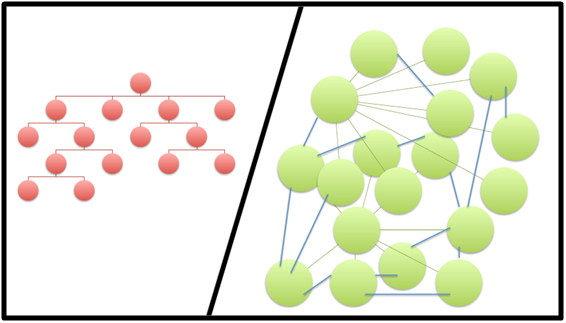A Team Leadership Exercise
“That’s Outside My Boat”
Leaders Focus on Objectives, Not Obstacles
Cory Dobbs, Ed.D.
Founder, The Academy for Sport Leadership
Years ago a young reporter assigned to the “minor” sports of the Olympic Games-rowing, canoeing, and kayaking—set out to uncover how the champions in these events mentally prepared for success. Considering these athletes participated in outdoor sports he began by asking what they would do in case of adverse conditions caused by rain, strong winds, or choppy waters—all obstacles certain to happen at some time during their events. To his surprise the response, was always the same: “That’s outside my boat.” After hearing this from athlete after athlete the reporter realized that a focused perspective was their guide to
inner excellence.
The Olympians’ intense internal focus served to eliminate distractions—those things that were out of their control—thereby allowing them to concentrate on those things they could control. These premier athletes chose an attitude of optimism over pessimism, of responsibility over irresponsibility, and of problem solver over victim of circumstances. They focused on results, not on obstacles.
Attitudes are important. Your outlook on life is the lens through which you see the world. When challenges and adversity hit you or your team, and they will, you have an opportunity to decide what to focus on. Your focus can and will influence your teammates. When your teammates are frustrated or uncertain about a course of action, they will look to you as a guide to their decisions and actions.
The Olympian rowers exemplify how focus on objectives, not on the obstacles, is the key to championship performance. The major point is that everyone has the ability to choose their attitudes and develop a positive state of mind. Players with poor attitudes are going to be unhappy and quick to blame their circumstance or other teammates for failure when confronted with trials and tribulations. Many choices of attitudes exist, and the one’s you and your teammates choose matter.
Obstacles are always a part of the competitive sports environment. Effective team leaders accept this fact and focus their attention on what they know they can do, regardless of the external context. Committed team members know and accept the vital role of problem-solver as a responsibility of team leadership. And being an effective problem solver requires leaders to know when a problem is outside the boat.
The high-performing team leader recognizes the importance of helping his or er teammates to manage the journey. The first step toward focusing your teammates on the objectives is reinforcing team member commitment to the team’s objectives—its vision, mission, and goals. And when obstacles arise, become an active change agent helping teammates adjust their attitudes and refocus their energy. Whether in calm or troubled waters, champions overcome obstacles by focusing on objectives.
Case in Point
On January 15, 2009, one man’s focus saved the lives of one hundred and fifty-five passengers aboard a fallen airplane. Captain Chesley Sullenberger was the pilot in command of Flight 1549 departing from New York’s LaGuardia Airport. Upon takeoff the plane ran into a large flock of birds that disabled the plane’s engine. With urgency as the driving force, Captain Sullenberger quickly surveyed the landscape, looking beyond the obstacles of the moment to formulate a resolution to the pending tragedy he was facing. While everyone else focused on the obstacles, Captain Sullenberger had his eyes fixed on the objective. He did the unthinkable: he landed the monstrous Airbus A320 on the
Hudson River.
Sullenberger was concerned only with what he could control. He focused on what was happening inside his aircraft. His training, like the Olympians, equipped him to adapt and adjust his course of action to meet the objectives of the situation.
Team Discussion Questions
What are some reasons people focus on obstacles?
How does the physical environment influence teams and their dynamics?
What steps can be taken to prepare for obstacles?
Why is “perspective” important in competitive sports?
To find out more about and order Sport Leadership Books authored by Dr. Dobbs including Coaching for Leadership, click this link: The Academy for Sport Leadership Books
About the Author
A former basketball coach, Cory’s coaching background includes experience at the NCAA DII, NJCAA, and high school levels of competition. While coaching, he researched and developed the transformative Becoming a Team Leader program for student-athletes. Cory has worked with professional athletes, collegiate athletic programs and high schools teaching leadership as a part of the sports experience and education process. Cory cut his teeth as a corporate leader with Fortune 500 member, The Dial Corp. As a consultant and trainer Dr. Dobbs has worked with such organizations as American Express, Honeywell, and Avnet.
Cory has taught a variety of courses on leadership and change for the following universities:
Northern Arizona University (Graduate Schools of Business and Education)
Ohio University (Graduate School of Education / Management and Leadership in Sport)
Grand Canyon University (Sports Marketing and Sports Management in the Colangelo School of Sports Business)
Visit www.corydobbs.com to read Cory’s leadership blog.


